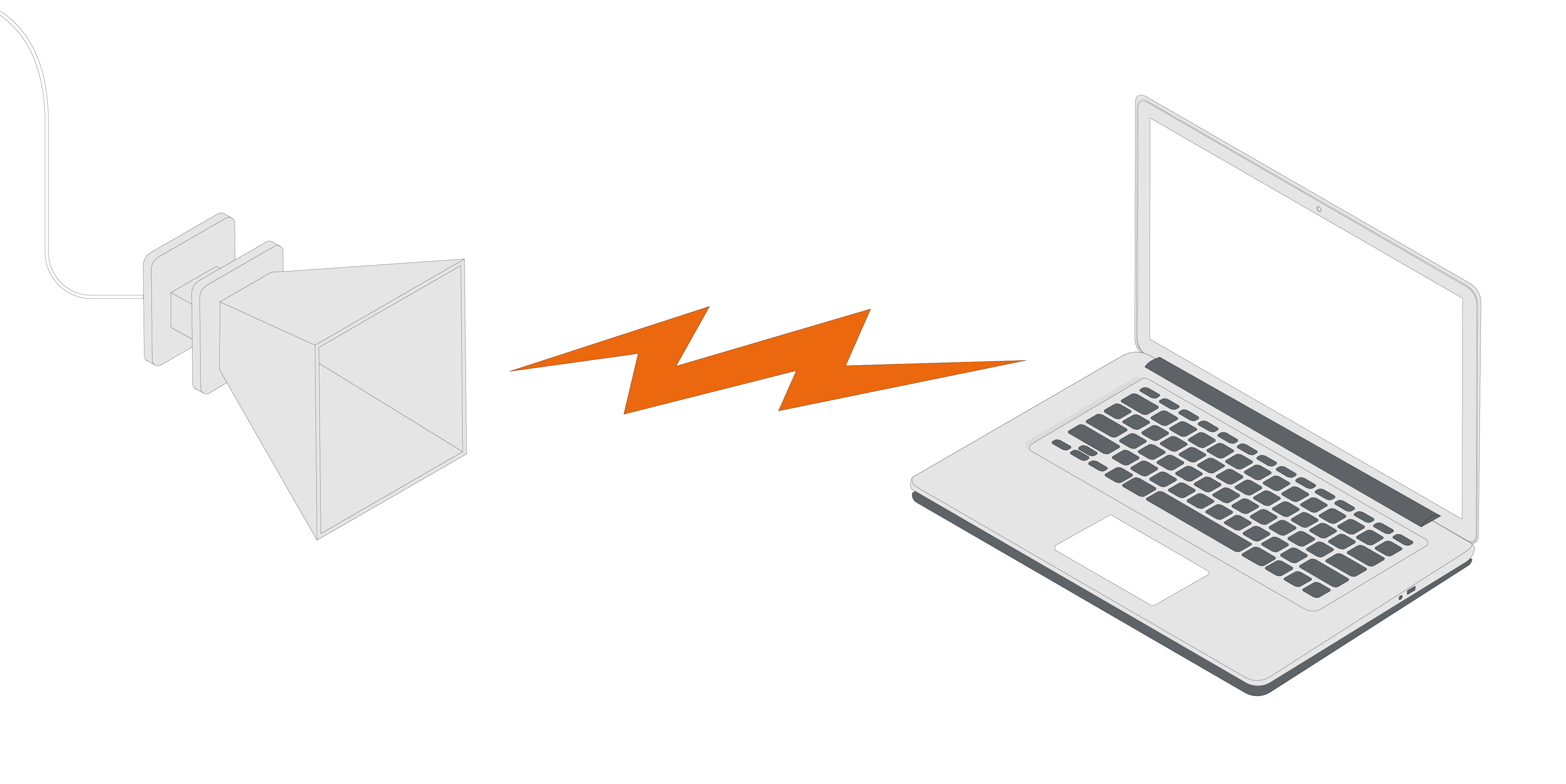There are billions of electrical and electronic devices produced around the world every year. In most cases, there are devices considered critical use, such as those employed by military/defense, public safety, fire fighting/rescue, government services, aerospace, etc. There are also other tiers of devices, such as automotive, naval, consumer electronics, industrial electrical/electronics, and more. To prevent the overwhelming challenges associated with managing the sheer numbers and diversity of electrical and electronic systems, most countries have a strict set of guidelines that regulate the function and operation of electrical and electronic devices. These regulations and standards are used at several stages of electrical system and electronics design, production, quality control, release to markets, and ongoing operation. There are also groups of countries that have united on a set of standards and regulation, and some countries base some of their standards and regulation off of the practices of yet other countries. These standards and regulations are used to combat electromagnetic interference (EMI) and radio frequency interference (RFI) and are known as electromagnetic compatibility standards. This blog series is dedicated to informing readers on the basics of EMC and EMI/RFI, and to provide readers with the knowledge they need to make informed decisions on EMC testing technologies and resources. This blog covers the basics of EMC and EMI/RFI and provides highlights about EMC testing and certification as a foundation for future blogs that delve into more detail on these topics.
What is EMI/RFI

EMI is essentially any and all electrical or electromagnetic energy that is present in a system. EMI can be conducted or otherwise externally coupled into a system from outside sources, or EMI can be generated by internal features of a system, this is known as self-interference. Systems can also generate EMI and conduct, couple, or radiate EMI internally or externally to the system. There are many natural forms of EMI, such as solar flares, coronal mass ejections/high energy particle emissions (what causes auroras), lightning strikes, static electricity, and other naturally occurring effects. There is also a wealth of EMI from man-made sources, such as telecommunications equipment, radar, broadcast equipment, electrical power systems, engines/electrical motors, etc.
RFI is the type of EMI that is generated by or affects radio frequency systems. This typically applies to RF communications and sensing systems. The ITU defines RFI as ,”the effect of unwanted energy due to one or a combination of emissions, radiations, or inductions upon reception in a radio communication system, manifested by any performance degradation, misinterpretation, or loss of information which could be extracted in the absence of such unwanted energy. In general, RFI is of a concern if it impacts RF systems that are used for public safety, voice, or data communications, such as land mobile radio (LMR), long term evolution (LTE) cellular telecommunications, Bluetooth, Wi-Fi, Zigbee, or global navigation systems (GNS) such as global positioning system (GPS) technology.
RFI can be caused by any of the naturally occurring sources, but is most often caused by man-made sources. Man-made RFI can be categorized as permissible, acceptable, or harmful, and may be either intentional or unintentional. Intentional RFI sources include jamming devices, improperly programmed or operating radios, etc. Unintentional RFI sources can be poorly designed/programmed/operating electrical or electronic devices, outdated electronics, improperly designed or installed signal boosters, high voltage lighting electronics (ballasts), and other sources.
Why does EMC exist ?
EMC standards and regulations exist to aid in providing assurance that the electrical or electronic systems manufacturing for a given market comply with the EMI/RFI regulations for radiated and conducted emissions and are also capable of withstanding and functioning as designed when exposed to considered electromagnetic phenomenon (electromagnetic immunity). Most countries have well defined limitations on the frequency and power of device emissions as well as the expectations for device immunity. With EMC certification a user or consumer may have no viable way of knowing the types of emissions or immunity expectations a device may have or if it is legal to operate in a given region.
What is EMC testing/certification
EMC testing is the process of putting a sample of a given device through the rigorous process of ensuring that device meets the EMC standards for emissions and immunity. If these devices pass the EMC testing, they can then be EMC certified within a given region or regions. These certifications usually include a stamp or insignia that can be legally placed on a product that are part of the requirements for selling electronic devices in that region or market. Given the extent of testing done, EMC pass rates tend to be at or possibly even below the 50% mark for first time submissions.
Topic overview

